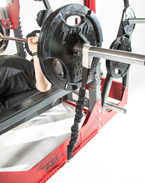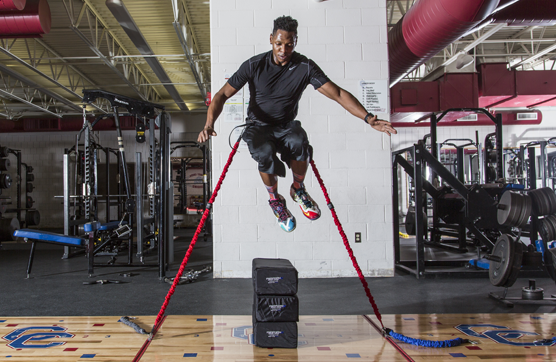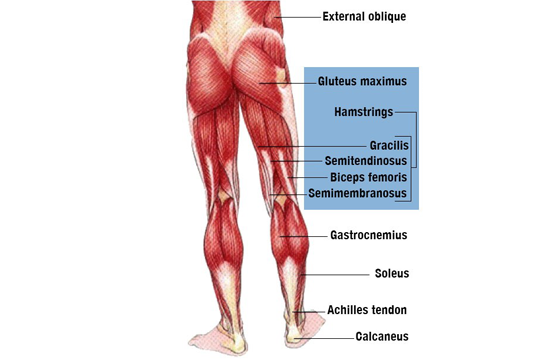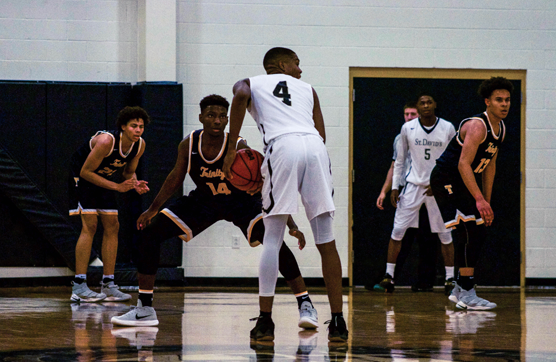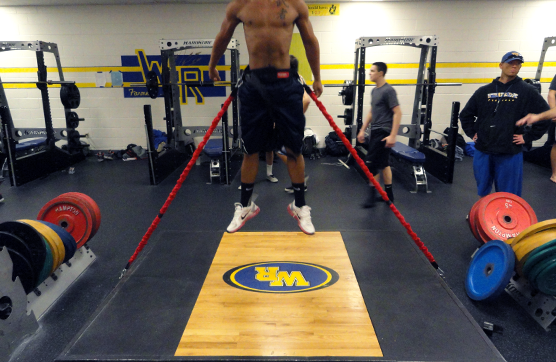No products in the cart.
Squat Rack Add-Ons Resistance cord systems for bench press and squat that can be used with any brand of squat rack.
Trak-X Floor Stations Create a diverse area by adding cord-loaded jump and plyometric options to your traditional lifting station
Trak-X Wall Stations Make any wall a workout station by adding Trak-X and our unique resistance cord systems
High Performance Equipment Develop speed, power and strength with our state-of-the-art training and conditioning equipment.

